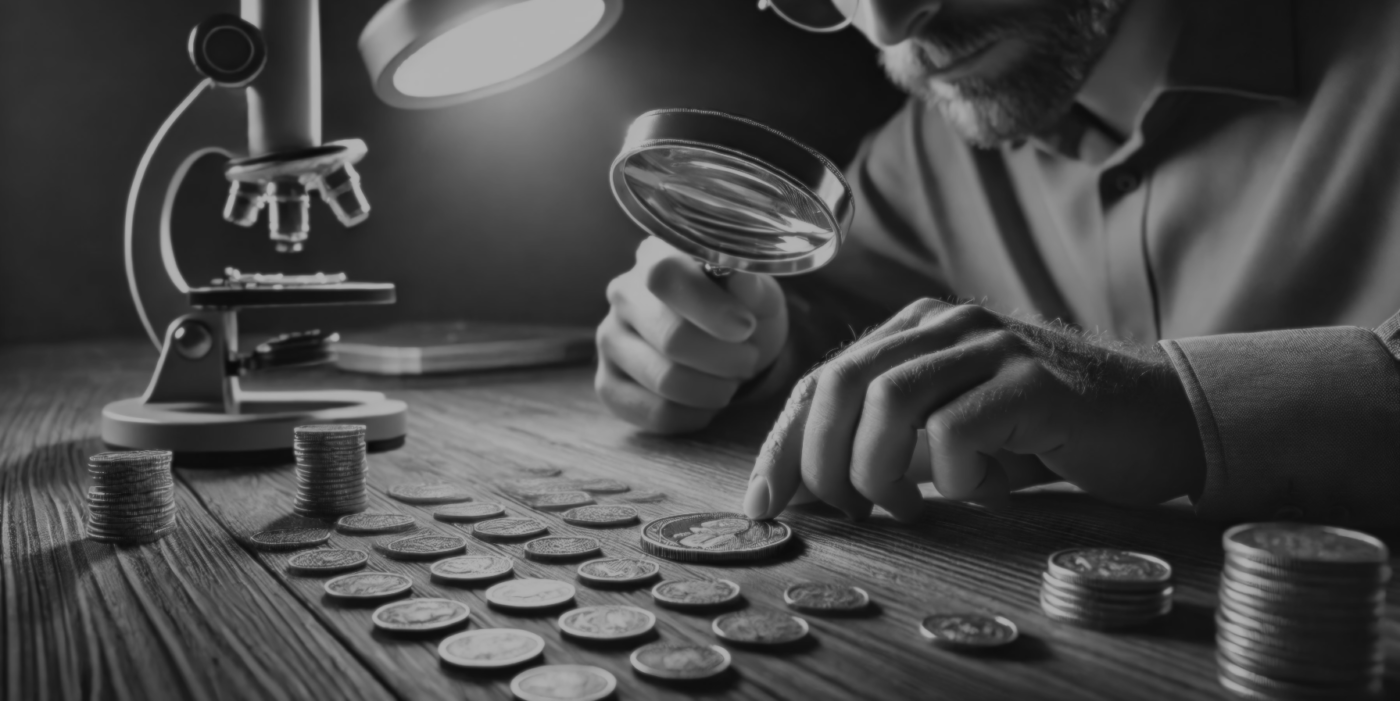The Evolution of Coin Design: From Ancient Times to Modern Day
🪙 Coins have evolved dramatically over the centuries, reflecting the artistic, cultural, and technological advancements of their times. From the first crude lumps of metal used as currency to today’s intricately designed coins, the journey of coin design is a fascinating mirror of human civilization.
1. Ancient Beginnings: The Birth of Coinage
🏛️ The earliest coins date back to the 7th century BCE in Lydia (modern-day Turkey), where small, bean-shaped lumps of electrum (a natural alloy of gold and silver) were stamped with simple designs. These early coins were primarily functional, designed to standardize trade and provide a convenient means of exchange. Over time, other ancient civilizations like Greece and Rome began to mint their own coins, often featuring gods, emperors, and symbolic animals, which conveyed messages of power, wealth, and divine favor.
2. The Middle Ages: Symbolism and Heraldry
🛡️ During the medieval period, coin designs became more sophisticated and symbolic. European monarchs used coins to assert their authority, often featuring heraldic symbols, crosses, and images of saints. Coins were not just currency; they were tools of propaganda, reinforcing the divine right of kings and the power of the church. This period also saw the rise of hammered coins, which were individually struck by hand, resulting in a wide variety of shapes and imperfections.
3. The Renaissance: Art Meets Coinage
🎨 The Renaissance brought a renewed interest in classical art and humanism, which was reflected in the coins of the period. Artists like Leonardo da Vinci and Albrecht Dürer were commissioned to design coins, leading to a surge in the artistic quality of coinage. Coins became miniature works of art, with realistic portraits, intricate details, and refined inscriptions that celebrated the achievements of rulers and the cultural rebirth of Europe.
4. The Industrial Revolution: Mechanization and Standardization
⚙️ The Industrial Revolution ushered in a new era of coin production with the advent of steam-powered presses and other mechanized minting technologies. This allowed for the mass production of coins with uniformity and precision, reducing the errors common in earlier hand-struck coins. Designs became more standardized, with consistent motifs representing national identity, such as eagles for the United States or the lion for the Netherlands.
5. Modern Coinage: Innovation and Commemoration
💡 Today, coins continue to evolve with new technologies and materials. Modern mints use advanced techniques like laser engraving and bi-metallic compositions to create coins that are both functional and visually striking. Commemorative coins have become popular, celebrating everything from historical anniversaries to famous personalities and cultural icons. The artistry of coin design now blends tradition with innovation, as mints strive to create pieces that are both collectible and reflective of contemporary values.
Disclaimer: The information provided in this blog post is for educational purposes only and does not constitute financial or investment advice. Always conduct thorough research and consult with experts before making any collecting decisions.

